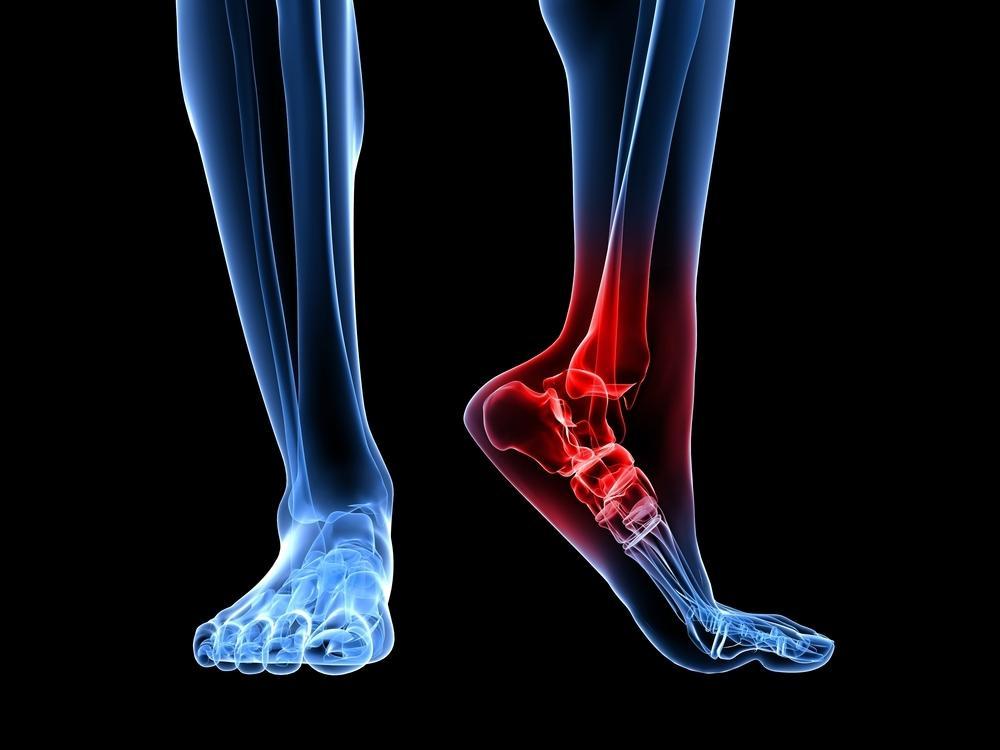
What to Expect When Recovering From Achilles Tendon Surgery

An injury to the largest tendon in your body, the Achilles tendon, can be devastating. This tendon helps your foot move in just about every direction and is essential to walking and jumping. When it’s torn, surgery is often recommended, especially if you’re young and active. In fact, surgery is often the only way to restore normal function.
After being scheduled for surgery with one of our doctors here at Washington Foot & Ankle Sports Medicine, you may wonder what to expect in terms of healing and getting back to normal. Although Achilles tendon surgery usually takes no longer than an hour and you go home the same day, full recovery can take as long a year.
Immediately following surgery
When your surgery is over, you’ll most likely have a cast that runs from your knee to your toes to keep your foot in a pointed position. You use crutches, a knee scooter, or a walker for the next few weeks and should not put any weight on the treated leg.
Expect to have some notable pain in the first few days after surgery. It’s important to elevate the affected leg as much as possible.
Cast removal
Once the cast is removed, If you’re healing is progressing, you’re given a walking boot that includes a heel lift to prop your foot and ankle into the right position. You still use crutches anytime you need to bear weight on your foot. You may also start mild rehabilitation exercises at this point.
Physical therapy
Rehabilitation exercises continue and become more aggressive about one month following surgery. You’re still wearing a walking boot, but the heel lifts are adjusted to put your foot in a more neutral position. You’ll start exercises that promote ankle mobility and help to strengthen your calf muscles. Physical therapy helps you learn to walk properly with the boot.
6-8 weeks postsurgery
Your rehab appointments slow down and you should be able to stand on the affected leg for a few seconds at a time. You may be able to lose the boot and start to introduce more activities. Avoiding high-impact exercise is still critical, but you may be allowed to swim or bike.
Return to full activity
After 4-6 months, you may be able to return to full activity. Recognize, however, that you should still be cautious as a total recovery isn’t experienced until a whole year after surgery. Be reasonable in your expectations, too. Some people never get their strength and full function back to 100% of what it was prior to injury.
If you have an injury to your Achilles tendon or degeneration of the soft tissue that requires surgery, trust our team at Washington Foot & Ankle Sports Medicine to repair the damage. We’ll walk you through the entire postsurgical process and give you comprehensive instructions about how to recover successfully at home. Call one of our offices in Kirkland, Washington or book an appointment online.
You Might Also Enjoy...


Running in the Cold: How to Prevent Winter Injuries

Flat Feet in Children: Normal or Cause for Concern?

The Best Footwear for Runners with Arch Pain

Why Your Heels Hurt and What You Can Do About It

